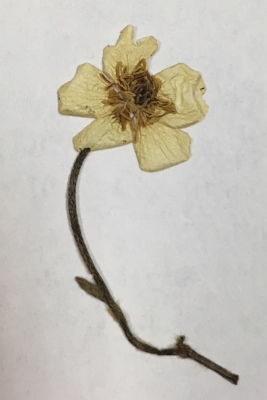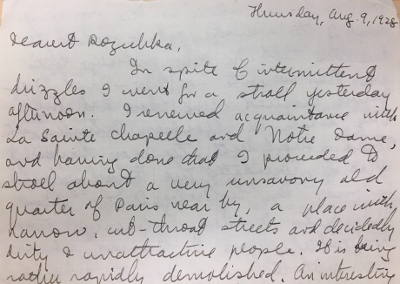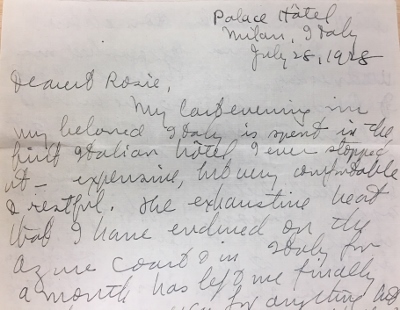This is my last week at the CCEPS. The fellowship went so fast and it is hard to believe today is my last day. I wanted to thank you everyone for helping me on the way and making this such a great experience! I had the privilege to start processing John Seymour’s papers and I cannot wait to see the final outcome of this project once it is all finished. While I was working on Mr. Seymour’s correspondence I found many of his Christmas cards and greetings. I hope your Christmas is just like on the card below – Merry, Happy, and Bright! Happy 2019! Hope to see you around next year!











